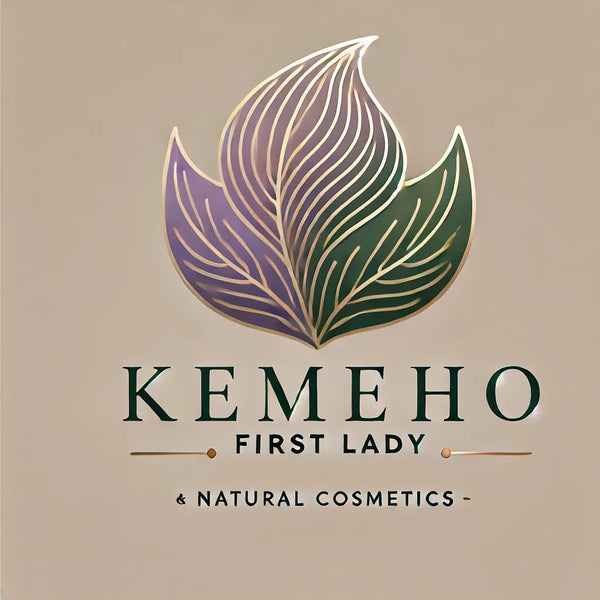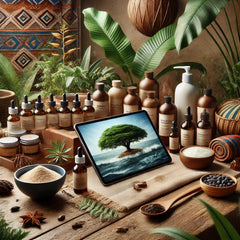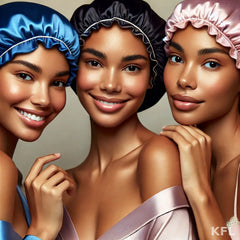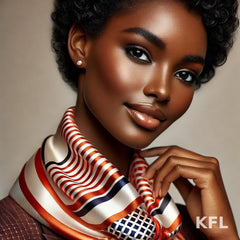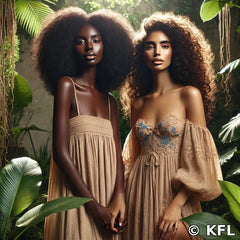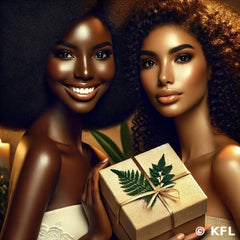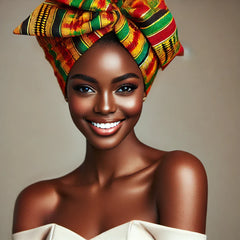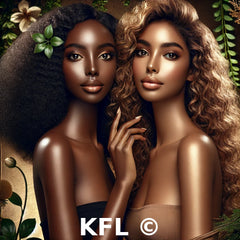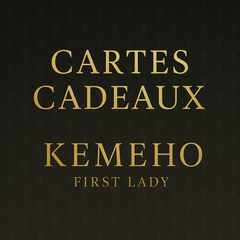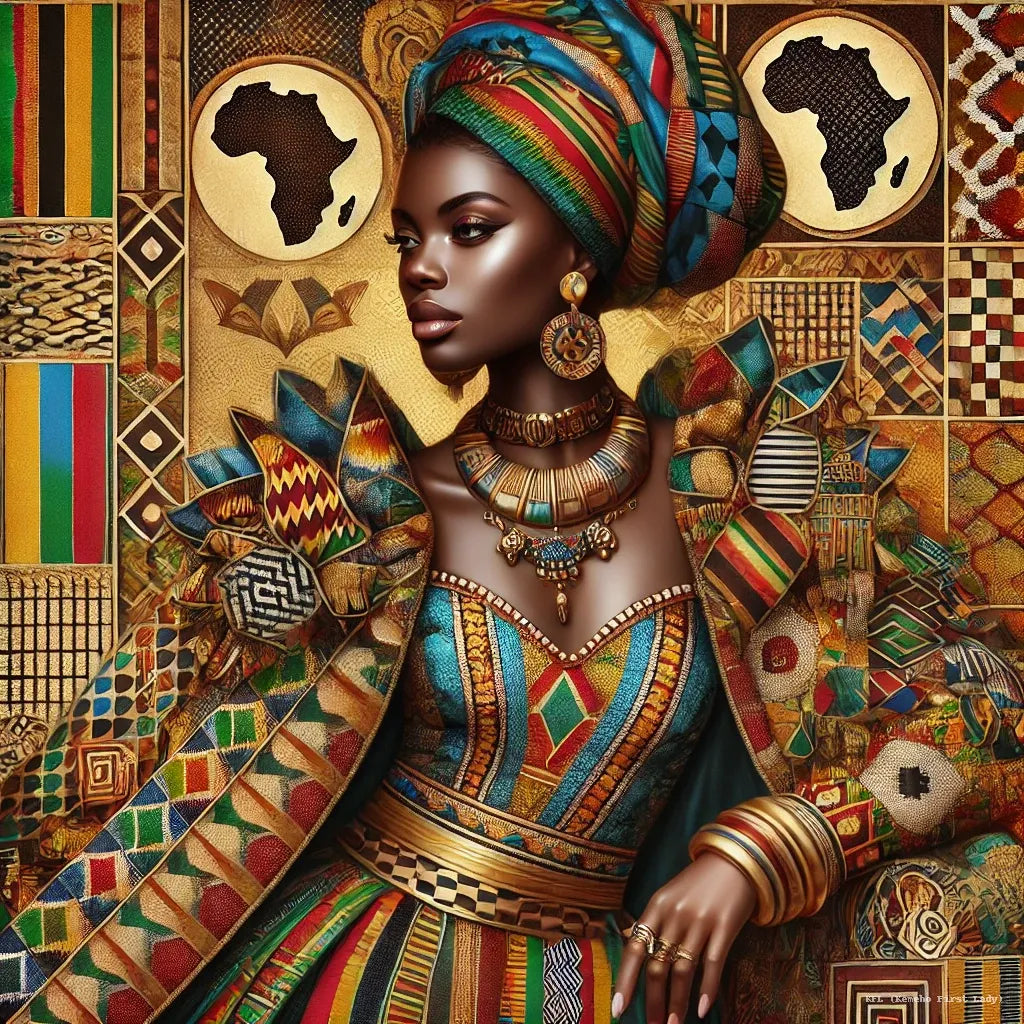
The history of African textiles and their influence on global fashion
Share Label
For centuries, African textiles have told a story, blending craftsmanship, symbolism, and cultural identity. From the regal kente cloth to the vibrant prints of wax fabric, each textile embodies a rich heritage passed down through generations. Today, these fabrics influence global fashion, inspiring both African designers and international couture houses.
-
African Textiles: A Tradition of Ancestral Expertise
🧵 Bogolan (Mali): This cotton fabric dyed with fermented mud is imbued with protective symbols and used in traditional ceremonies.
🧵 Kente (Ghana): A royal silk or cotton weave with colorful geometric patterns, once reserved for Ashanti and Ewe royalty.
🧵 Wax (West Africa): Though originally from Indonesia, this fabric has become a symbol of African identity, with designs that tell stories and proverbs.
🧵 Malian Indigo: Naturally dyed with plants, it represents spirituality and elegance in many West African cultures. -
An Influence That Transcends Borders
🌍 Since the 1960s, Western fashion has drawn inspiration from African textiles, embraced by designers such as Yves Saint Laurent, Stella McCartney, and Louis Vuitton.
🌍 Celebrities like Beyoncé, Rihanna, and Lupita Nyong’o proudly wear wax, bogolan, or kente outfits on red carpets.
🌍 Streetwear increasingly incorporates African fabrics, blending tradition with modernity. -
Cultural Appropriation or Heritage Celebration?
⚠️ While the international fashion industry’s embrace of African textiles highlights their beauty, it also raises questions about cultural appropriation.
⚠️ Many brands use these fabrics without crediting or compensating African artisans.
⚠️ African designers such as Lisa Folawiyo, Imane Ayissi, and Loza Maléombho are taking a stand to ensure the authenticity and origins of these textiles are recognized. -
Toward Greater Appreciation for African Textiles
✨ More and more African designers are modernizing these fabrics while preserving their meaning.
✨ Textile cooperatives are emerging to support artisans and promote ethical, sustainable fashion.
✨ “Made in Africa” is becoming a sought-after label, highlighting the excellence and heritage of the continent’s textiles.
Conclusion
African textiles are not merely fabrics: they carry identity, history, and pride. Their growing influence in global fashion represents a true cultural reappropriation and a tribute to the ingenuity of African artisans.
What is your favorite African fabric and why? Share your thoughts in the comments!
📢 Want to learn more about African history and culture? 🌍✨ Dive into our Africa Travel Guide to discover fascinating traditions, iconic landmarks, and tips for an authentic journey. Click here to learn more 👉 Africa Travel Guide
